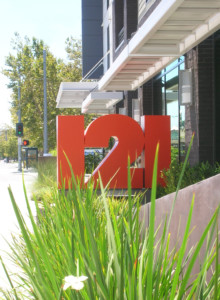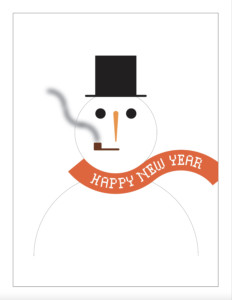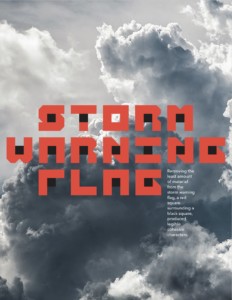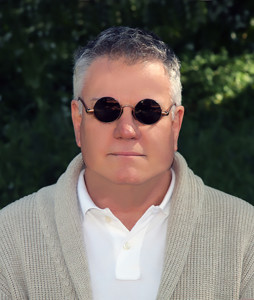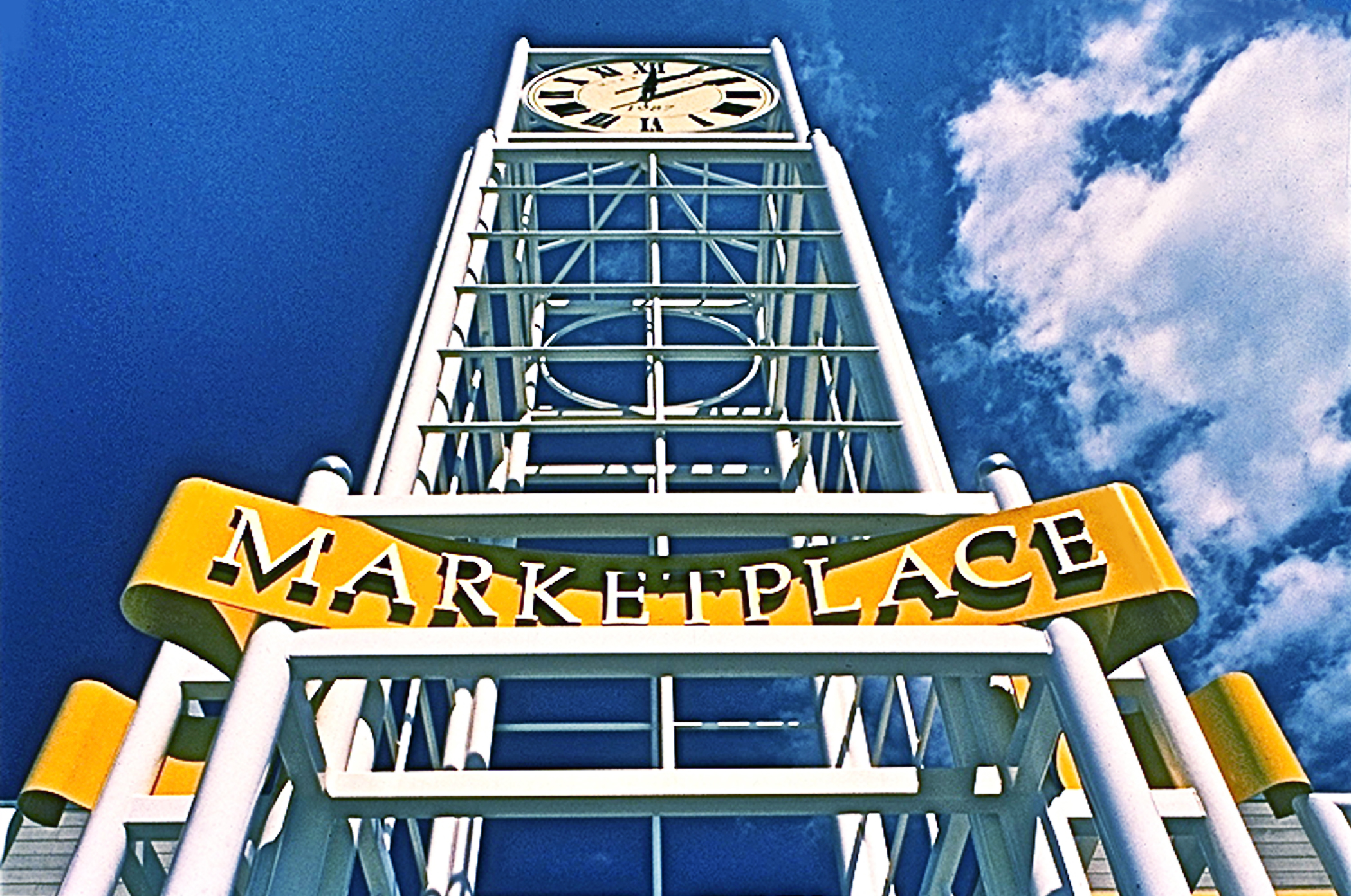
5 Questions with Kenneth Bess
By Brian McDaniel, OEM Consultants, LLC
Kenneth Bess has always been interested in the natural world. As a child he collected and categorized shells, rocks, and butterflies. Many of his friends thought he’d graduate from high school and study science, but they were wrong. He chose architecture, and he now collects posters, books, and brochures. We chatted with Kenneth about his career path, where he finds inspiration, and any advice he might have for the next generation of graphic artists.
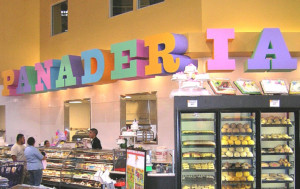
Rancho San Miguel Hispanic Supermarket Chain, 4 San Joaquin Valley Locations CA, Sign at Panaderia (Bakery), Painted Structural Foam.
1. What led you into a career as a graphic artist, and what are your current projects?
I was born in St. Louis and raised in the San Francisco Bay area. My dad was a photographer in advertising and my mom was an illustrator. I remember visiting artist studios with my dad which left a wonderful impression on me. I have no formal training in graphics, so perhaps, I inherited their eyes for design.
I studied architecture at the University of California at Berkeley, but after two years into a 5-year program, I decided I wanted to pursue graphic design as a career. I stayed in the architecture program for all but the last semester of the five years since it was good design training.
My first job as a graphic designer was at SOM in San Francisco. While there, I led the design of many signage projects across the United States, and one project in Russia for the United States Embassy in Moscow. After SOM, I moved to New York City and worked with Siegel & Gale as Director of Environmental Design, and then with Gensler as Director of Graphic Design. Later, I worked at Landor as a lead designer on a corporate identity program for Northwest Airlines, and at Hambrecht Terrell International as a design director in Specialty Retailing where some of my clients were Barnes & Noble and Scribner’s bookstores.
I then spent several years in San Juan, Puerto Rico as founding principal of Design Directions Inc, a multidisciplinary design firm. My clients included Duracell Caribbean and Centro Europa, a shopping and office complex. Eventually, I left Puerto Rico, and came back to the San Francisco Bay area where I started Bess Design.
My very first project as Bess Design was a logo and signage package for a boutique hotel in a nineteenth century villa on Lake Garda in Italy. My other projects included the architectural design, identity, and signage for five stores for the California Hispanic supermarket Rancho San Miguel, and a banner program for downtown Redwood City CA. Currently, I am working on further signage for one of the three parks in Dublin CA for which a colleague and I designed signage two years ago.
2. What inspires you and your work? How do your ideas go from a blank page or screen to fully realized pieces?
I am still passionate about the world around me; especially the built environment. I treat each of my projects individually, and before I begin sketching, I give the project a lot of thought and ask questions of the client, the answers to which contribute to the success of the work. I think about aesthetics and the visual quality I want to achieve for my client. I think about who is the intended audience and what is the goal of the project or its purpose. I think about where will the work live or be seen, what is the materiality if its signage, and why is this work needed. Only after all of this thinking and answering do I then put pen to paper. Sketching at this point allows me to translate ideas and concepts much more easily. Once I have a good collection of crude sketches, I jump right into Illustrator.
3. Do you follow trends or is there pressure to create something new each and every project?
I really don’t follow trends or anything that’s cliché. I approach my work as what’s best for the client, and in most, if not all cases, the project dictates how I work. I will say that typography has the most important role, whether it’s signage, a logo, an entire branding package, etc. I have 8,000 fonts in my library, and about 4,000 of them I keep active. I’ve come a long way since using Helvetica too frequently early on.
4. How is working for yourself different than working at a large firm?
The best thing about working for yourself is that every project is personal. I also get to see each of my projects right to the end, which can be very different than in a large firm. Although, I do miss being in a traditional office environment, being around creative colleagues, and getting feedback on my work. On some projects, I do need additional assistance, and I have a wonderful network of colleagues I can reach out to for collaboration. I’d say that my creative work process is pretty similar to architects, just on a smaller scale.
5. What advice would you give someone who is interested in graphic design as a career? Any lessons-learned?
I have been working as a graphic designer since I was 18 years old, so you really need to be passionate about your career. You should definitely have an attachment to graphics, and see it as an art form. I recommend learning about the history of graphic design. Don’t shy away from internships or entry-level positions, as this will enable and empower you to have a greater understanding of the graphic design business. You’ll learn how to work and communicate with your clients, be attentive to their needs, ideas, and especially, budgets. You will also learn how to compromise (to a certain point) on your design, and when to gently nudge your client in a different direction. Over time, you will learn to trust your own instincts and not follow trends or feel any pressure to conform. Always remember, each project should have a sense of purpose. It should be simple, bold, fresh, and most importantly, engaging.
Feature Image:
Murray Hill Marketplace, Shopping Center, Beaverton OR, Decorative Identification Sign on Clocktower, Painted Aluminum.
All Images:
Each image was selected by Kenneth Bess and represents some of his favorite work.


